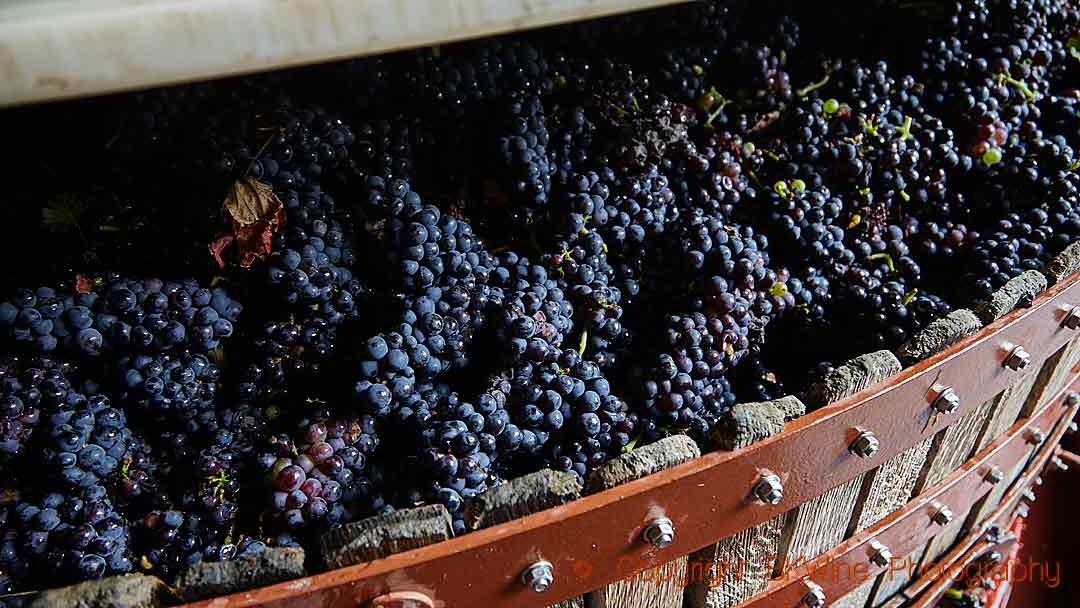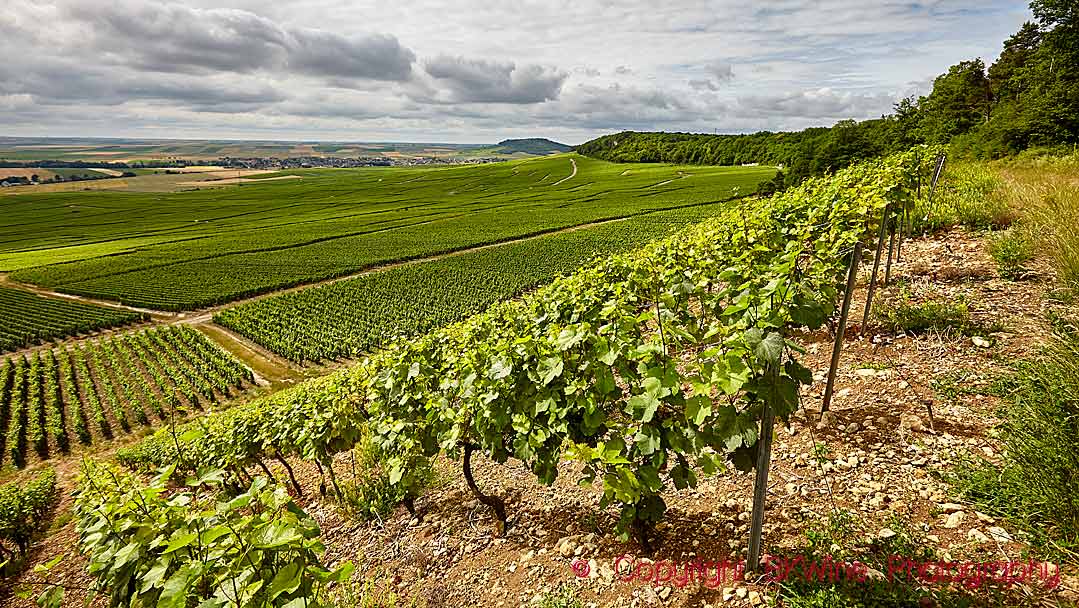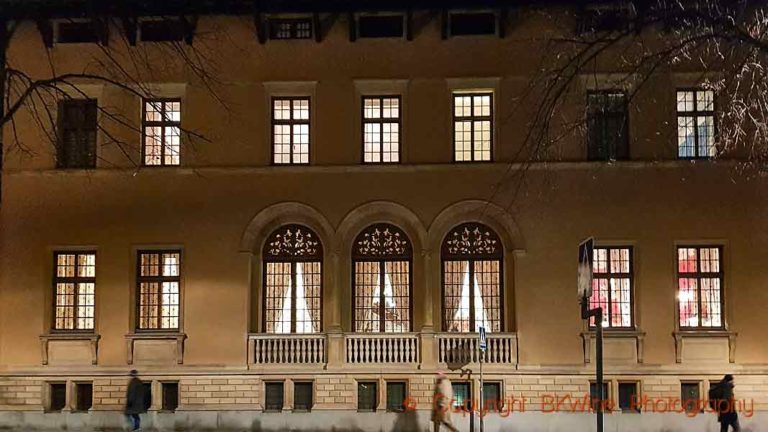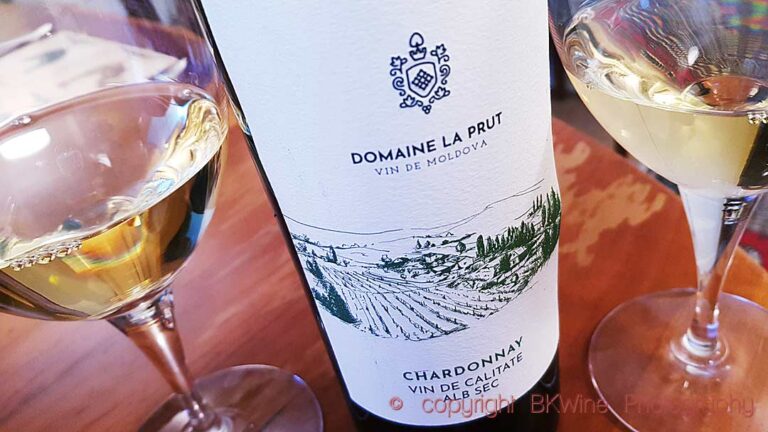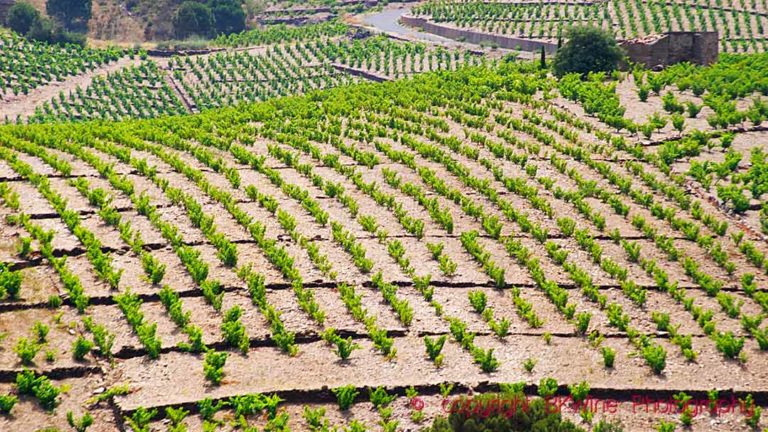The Big Houses dominate the champagne market. As an example, in Sweden, roughly three million bottles of champagne are sold each year. Well under ten per cent of these are from growers who manage the vineyard themselves and make the wine. The rest, around 90%, is from large producers who often make millions of bottles and sell under the internationally known brands, the “Champagne houses”. From a grower, you often get a more personal wine and also often more character for the penny. But the difficulty lies in finding the names and finding the bottles from these small producers. BKWine’s Sven-Olof Johansson went on a journey of discovery at a tasting with grower champagnes at the French ambassador’s residence in Stockholm. Read on.
Instead of joining the chorus of complaints that, in unison, lament that hyped producers have doubled their prices in ten years, you can turn your eyes to new alternatives. Grower champagne is popular to like, but little of the consumers’ money ends up in their pockets. If the average consumer replaced even just one of their moderately interesting Moets, the market would become an inferno of talented smaller producers.
(Ed.: On many export markets, grower champagnes have a particularly difficult situation. As an example, in Sweden, Champagne’s 10th or 11th export market, growers only account for a very small part of sales. In 2015, it was 5.6%. In total world-wide, growers account for around 18 % of sales. The largest producer in Champagne, LVMH, Louis Vuitton Moët Hennessy with Moët & Chandon, Krug, Ruinart Veuve Clicquot etc., alone produces an estimated 50% more champagne than all growers combined.)
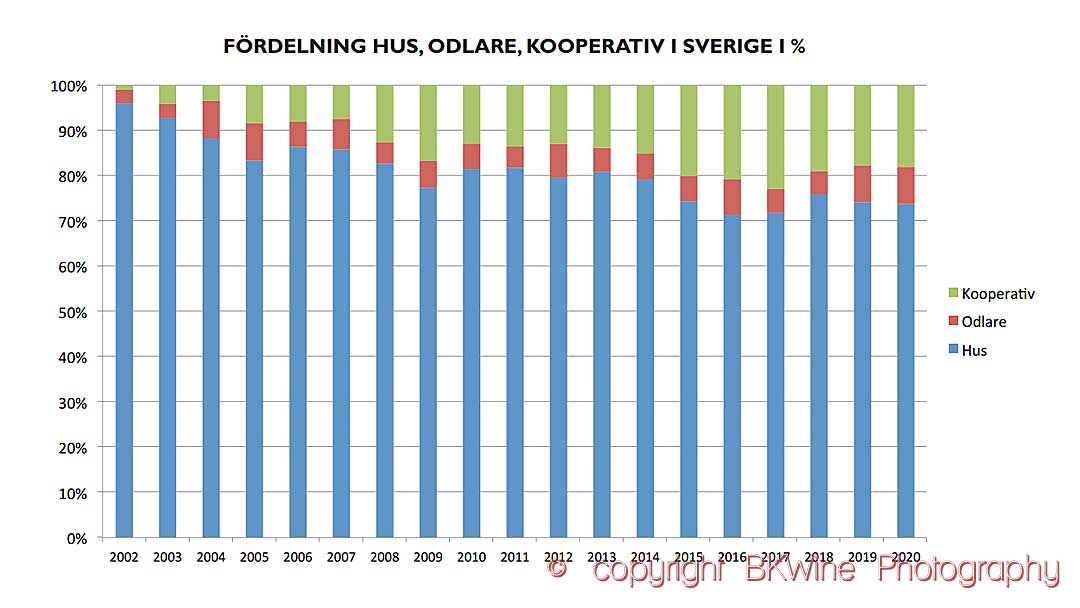
Business France presented 13 growers without an importer at the French Residence in Stockholm.
There is no rule that says large-scale is mediocre and that small-scale is a better craft. What is, however, a stark reality is that some producers are working their way up and moving from simple farm production to detailed cultivation and winemaking. Sometimes when the children take over the estate, the harvest yield is reduced, the cleanliness of the winery is improved, and they acquire new knowledge from other producers. The result can be a significantly better wine, but the price tag does not automatically follow upwards. In practice, better wines but the same low prices, for a certain period anyway.
It is a privilege to taste wine when the producer himself gets to speak for the product. Not that it tastes better in any way, but it gives an informative insight into the craft. The information on the label is usually extremely scarce, but here we have the chance to hear the winemaker’s own story. An explanation for why the wine has a deeper yellow colour, hints of oxidation, razor-sharp acidity or how they toil to avoid pesticides.
“We know that we have excellent products; now we just have to find a way to get into the Swedish market, which is not the easiest thing,” said Oriane Carreau from Champagne Chardonnet & Fils. Their production is at a moderate 30,000 bottles.
Champagne Pascal Lejeune is an even smaller grower and was represented by Sandrine Lejeune. Three of their 18,000 bottles were served, and when I tried their Anaphore of 100% Chardonnay, we were genuinely in agreement that the wine performed better than the price tag suggested. “We’ve come a long way in our transition to becoming organically certified,” says Sandrine and adds that the younger consumers, in particular, are asking for it to an ever greater extent.
Overall, it is a broad palette of aromas and tastes that was presented by the thirteen growers—some with a distinct sharpness and others with a broad-shouldered and personal profile. The next time you stand bewildered at the shelf with champagnes, you can look for one of the participants below.
Côte des Bar:
- Dame de Carreau
- Stéphane Breton
Côte des Blancs:
- A Boatas & Fils.
- Chardonnet & Fils.
- Haumont & Fils.
- Hervé Dubois
Montagne de Reims:
- Feneuil-Coppée
- André Chemin
- Banette
- Mont d’Hor
Vallée de la Marne:
- H Blin
- Jean-Philippe Bosser
- Pascal Lejeune
–
Some further reading on champagne on BKWine Magazine:
- Champagne chooses a slightly lower harvest yield for 2023 – but will still harvest a lot
- Record sales of champagne 2022
- Myths about wine: the bubbles in the glass of champagne a sign of quality?
- What’s going on in Champagne? Current trends | Britt on Forbes
- “Grand cru” and “premier cru” on Champagne, what does it mean? Why was it abandoned? | Per on Forbes
Travel
One of the most exciting things with champagne is to discover the many very talented small growers, and the small, quality-oriented houses, visit the vineyards, see the wine cellars, understand how this sparkling wine is made. You will discover several outstanding producers champagnes on a wine tour to Champagne and taste their delicious wines with BKWine.
Travel to the world’s wine regions with the wine experts and the wine travel specialist.
Great wine tours. BKWine wine tours.
Read
If you want to know more about champagne, and find some of the best growers, then you can read our very extensive book on the region: Champagne, the wine and the growers. (Unfortunately only available in Swedish currently.)








